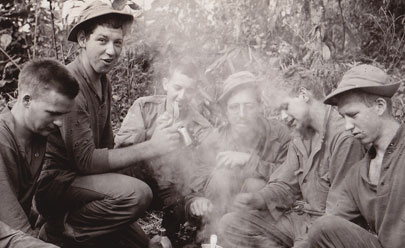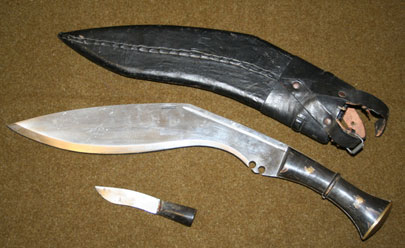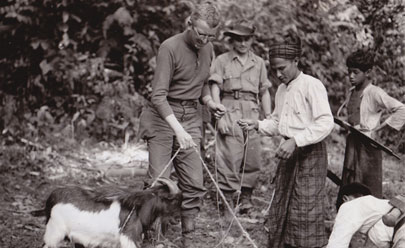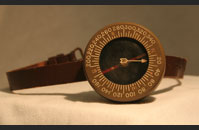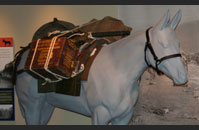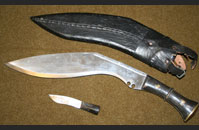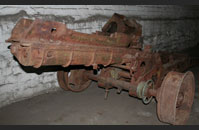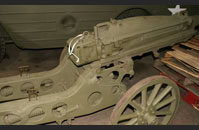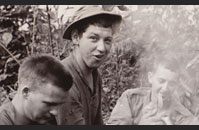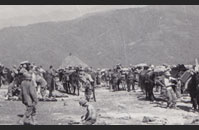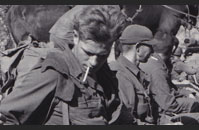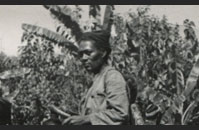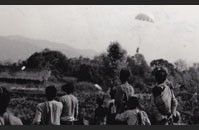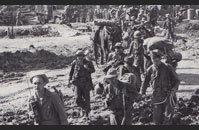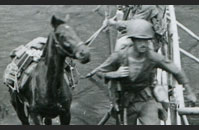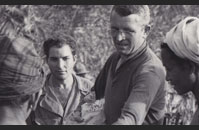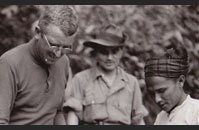FOCUS ON: MERRILL'S MARAUDERS:
The 5307th Composite Unit (Provisional), more commonly known as Merrill’s Marauders after its commanding officer, Brig. Gen. Frank Merrill, was a regiment sized unit created and trained for long range penetration of Japanese lines in Burma during World War II.
Because the Marauders operated in some of the harshest jungle terrain on the planet, the unit was issued weapons and gear that soldiers could carry on their backs or on the pack saddles of mules which could maneuver much more efficiently than motor vehicles through that terrain. Heavy artillery support was sacrificed in favor of untethered mobility. In February 1944, the 5307th marched into the Burmese jungle with an initial strength of 2,750 officers and men. Their mission was to wreak havoc on Japanese lines of supply and communication with the ultimate objective of capturing the Japanese air field and town of Myitkyina, nearly eight hundred miles away.
During their five-month march to Myitkyina, the Marauders fought victoriously against larger Japanese forces by consistently achieving the element of surprise and employing their expertise in marksmanship and small-unit tactics. The Marauders also faced hunger and disease, exacerbated by inadequate aerial resupply drops. Malaria, typhus, and amebic dysentery inflicted more casualties on the Marauders than did the Japanese.
When in August 1944 the town of Myitkyina fell to the Marauders and elements of the Chinese army, only 130 officers and men out of the original 2,750 were fit for duty. A week later, the 5307th was disbanded. In recognition of their incredible feat, the unit received a Distinguished Unit Citation and each soldier of the unit was awarded a Bronze Star.
Although Merrill’s Marauders were operational for only six months, the legacy of their gallantry is honored by the U.S. Army through the modern day 75th Ranger Regiment, which traces its lineage directly to the 5307th Composite Unit.

